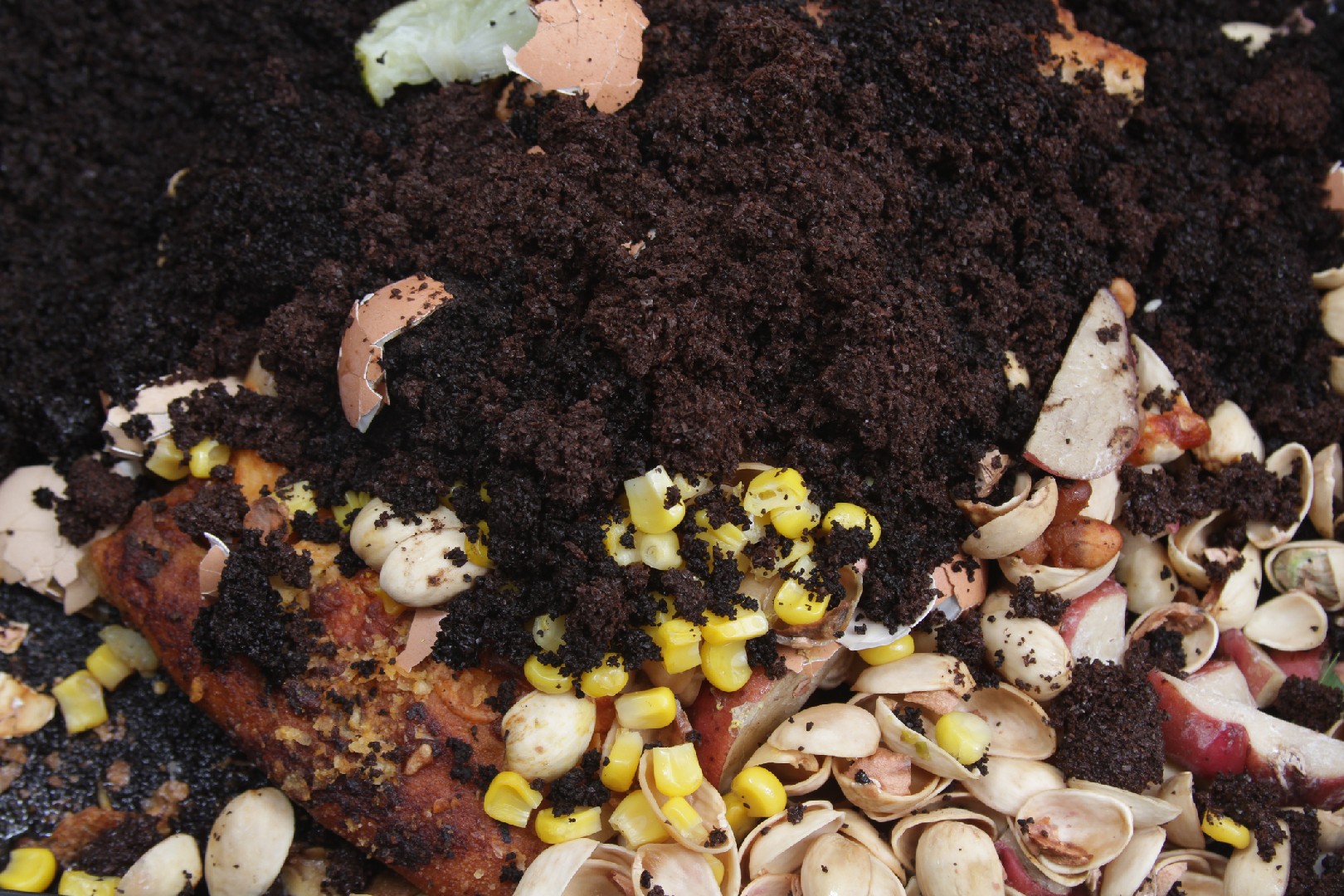![Rectangle]()
Advantages of Using Coffee Grounds in Composting
When it comes to composting, coffee grounds are a true magic ingredient. Not only do they provide numerous advantages, but they also help create an incredible garden. Let's explore the benefits of using coffee grounds in composting and how they can enhance soil structure, improve fertility, attract beneficial worms and microorganisms, and even repel pests.
One of the key advantages of incorporating coffee grounds into compost is their ability to enhance soil structure. Coffee grounds are rich in organic matter, which helps to improve the texture of the soil. The addition of coffee grounds adds aeration and improves drainage, allowing for better water absorption and root development. This is especially beneficial for compacted or heavy clay soils that tend to become waterlogged.
Moreover, coffee grounds are a valuable source of nutrients for plants. As they break down, they release nitrogen, phosphorus, potassium, and other essential minerals that are necessary for healthy plant growth. By adding coffee grounds to your compost pile, you are providing a nutrient-rich food source for your plants. This can help improve soil fertility and promote robust plant growth.
In addition to enhancing soil structure and fertility, coffee grounds also play a significant role in attracting beneficial worms and microorganisms to your garden. Worms are essential for maintaining healthy soil as they help break down organic matter and improve soil structure through their burrowing activities. Coffee grounds, with their strong aroma and organic composition, act as a magnet for worms. By incorporating coffee grounds into your compost, you are creating an environment that is highly attractive to these helpful creatures, leading to a healthier and more vibrant garden ecosystem.
Another surprising benefit of using coffee grounds in composting is their pest-repelling properties. Coffee grounds contain compounds that repel certain pests, such as slugs, snails, and ants. By sprinkling coffee grounds around your plants or incorporating them into your compost, you can naturally deter these unwanted critters. This can be especially beneficial for those who prefer organic gardening methods or want to reduce their reliance on chemical pesticides.
To make the most of coffee grounds in your compost, remember to mix them with other organic materials like grass clippings, leaves, and vegetable scraps. This will create a balanced and nutrient-rich compost blend. It's also important to note that while coffee grounds are beneficial in moderation, excessive amounts can affect the pH balance of the soil. Therefore, it's recommended to use coffee grounds in moderation and monitor the pH levels regularly.
In conclusion, using coffee grounds in composting provides a range of advantages that can greatly benefit your garden. From improving soil structure and fertility to attracting beneficial worms and repelling pests, coffee grounds are a valuable addition to any compost pile. So, the next time you brew a cup of coffee, don't throw away those grounds. Instead, give them a new life in your compost and watch your garden thrive!





